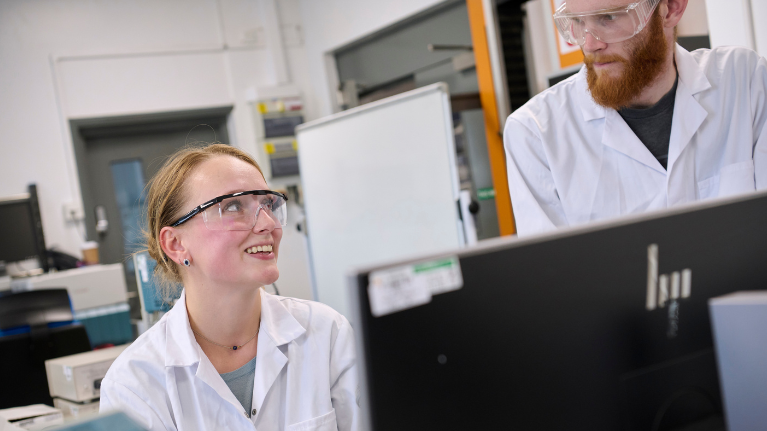
The PRHAPs Study
Preventing non-ventilator hospital-acquired pneumonia
Preventing non-ventilator hospital-acquired pneumonia
Pneumonia is an infection in one or both lungs and is usually caused by a bacteria. Non-ventilator hospital-acquired pneumonia (NV-HAP) develops in people who have been hospitalised (typically after several days) while being treated for another illness or having an operation.
NV-HAP is defined as pneumonia occurring in patients who acquired pneumonia during their hospital stay but have not acquired the pneumonia due to being on a ventilator in the critical care/intensive care unit.
About the project
All patients admitted to hospital have some risk of developing NV-HAP but some patients, such as older adults, are at higher risk, particularly if they have had a stroke or are physically very frail. NV-HAP is an important cause of serious illness and sometimes death. If a patient develops NV-HAP, it requires treatment with antibiotics and also increases the length of time they will have to stay in hospital.
Strategies to prevent NV-HAP include frequent mouth care, increasing mobilisation, elevating the head of the bed and reviewing medications. However, we currently do not have a simple way of identifying which patients are most prone to developing NV-HAP and would therefore benefit from such care strategies.
Healthcare professionals undertake several routine assessments of patients’ health, for example, their risk of falling or developing a pressure sore. This project used this information to develop a method of identifying those patients who are at high risk of developing NV-HAP.
The project involved collecting information from the case notes of elderly patients previously admitted to two acute NHS Hospital Trusts. We identified patients (cases) who developed NV-HAP during their stay in hospital and similar patients (controls) who did not develop NV-HAP.
We compared cases with controls by looking through case notes and identifying which patients had factors that might have increased their risk of developing NV-HAP. We used statistical tests to determine which of these factors best predict that a patient will develop NV-HAP.
We also surveyed healthcare practitioners working in hospitals to find out if they are currently using any strategies to prevent NV-HAP and followed this with a more in-depth discussion with a smaller group of healthcare professionals and patient/public participants to evaluate the practicality of the method for identifying patients at risk of NV-HAP and the feasibility of strategies for its prevention.
Impact, research team and publications
-
Impact
Given there are known risk factors for NV-HAP, it is possible that routine assessment tools, in conjunction with data on comorbidities, could be used to generate a prognostic screening tool (PRHAP tool) that identifies patients at increased risk of NV-HAP and who may benefit most from targeted, evidence-based interventions to reduce the risk of NV-HAP.
-
Research team members
- Professor Heather Loveday (Project leader) - Director of Research (UWL)
- Professor Jennie Wilson - Professor of Healthcare Epidemiology (UWL)
- Dr Mark Garvey (University Hospitals Birmingham NHS Foundation Trust)
- Dr Jacqui Prieto (Southampton General Hospital)
- Dr Kordo Saeed (Southampton General Hospital)
- Dr Anke Gorzig (University of Greenwich)
-
Research publications
Additional information
- This project was funded by the Healthcare Infection Society.
- For more information, please contact Heather Loveday: heather.loveday@uwl.ac.uk
Find out more
-
Research Centres and Groups
Find out about our multi-disciplinary areas of expertise, PhD research, and teaching.
-
Research impact
Learn how our PhD research has helped communities locally, nationally and internationally.
-
The Graduate School
If you are interested in studying for a PhD or Professional Doctorate, the Graduate School is here to support your research.




